|
You may be wondering how a frozen banana can be that incredible, but somehow it tastes like a delicious ice cream treat. I had my first taste of this yummy creation in a small gelato shop in Covent Garden (London). And I was blown away by the thick chocolate coating and the pistachio toppings. I know this is a popular summer snack in the US but I have no idea if this is being sold here in Manila. Anyway, this is freaking easy to make so I decided to make my own. I topped mine with bittersweet chocolate sprinkles, and chopped cashew nuts (hmmmm...just need to add a bit of a Pinoy touch), but feel free to get creative! Quick, super easy and beyond delicious, these chocolate-covered banana popsicles will definitely satisfy your sweet tooth. I love them! Best of all, you can customize them to your liking - milk or dark chocolate, nuts or no nuts. Kids would have fun making (and eating) them too! But anyways, I’ll stop talking...hahaha...these are delicious and you will love them! Here’s the recipe. These are the ingredients I used to make the banana pops (ignore the orange fruit, I initially wanted to make an orange-flavored dip but I decided against it at the last minute.) Before I proceed, I would just like to remind you my dear readers that I cut the recipe in half so that you can easily follow and make it. I used a dozen bananas for my popsicles and tripled the recipe, but if you’re feeling excited, please feel free to do that too. Ingredients: 4 pieces medium ripe but firm bananas 8 pieces wooden craft sticks 1 cup finely chopped cashew nuts 1 cup of semi-sweet chocolate chips 1 tbsp butter (this will help thin the melted chocolate and will make it silky, but this is optional) Directions: 1. Peel, then cut each banana in half crosswise and insert a craft stick into each half. Place on a tray lined with wax paper (or you can also use parchment paper) and place in the freezer until frozen, about 3 hours. (I left my bananas in the freezer overnight. Do not freeze the bananas in a Ziplock, else, ice particles will form. 2. Place the cashew nut in a shallow dish or a plate. 3. Using a double boiler, melt the chocolate over slightly simmering water, over the lowest possible heat stirring frequently. Make sure the water is not touching the bottoms of top pan (or bowl). When the chocolate looks all smooth, turn off the heat. This whole process should take about 3 minutes. Double Boiler -- I used a sauce pot and put in 1 cup of water. While simmering, not boiling, I placed the glass bowl (should be bigger in size than the sauce pot) on top of the pot making sure it fits snugly. :-) 4. Pour the melted chocolate into a tall glass (or you can use the same glass bowl). Dip the frozen bananas one at a time into the melted chocolate, turning it to coat, and immediately roll in the cashew nuts. (I also dipped my bananas in chocolate sprinkles). Note: It’s important that the bananas are frozen so that the melted chocolate hardens right away.  Get the ingredients ready - take the frozen bananas out of the freezer. Miss en place...always. 5. Place on a tray covered in waxed paper. Serve immediately or wrap individually in a plastic wrap or wax paper and freeze for up to 2 weeks. Let’s go bananas...!!! For questions and queries, please send a comment.
0 Comments
Great and rich in traditions, Ravenna is a destination to put in your bucket list if you visit the Emilia-Romagna region. This place is an art and history lover’s dream, most famous for its extensive mosaics. It has eight UNESCO world heritage sites and this town hosts the most impressive collection of Byzantine mosaics outside of Istanbul. It is a comfortable and friendly town without the tourist hordes. Ravenna is not a port of call for cruise ships or fleets of tourist buses and the majority of visitors are Italian. When you enter one of the world’s oldest churches, you have the luxury to enjoy the ancient mosaics at your own pace. When you visit a cafe, you are surrounded by locals and can stay as long as you like which means that a visit to Ravenna is also a chance to experience Italy at a slower pace. The quiet streets of Ravenna Caffe Corte Cavour Before heading to the town center, Alessandro (my Italian friend/private tour guide) took me to this covered alley off the busy Cavour street. The alley opens up to a courtyard and what a nice surprise - posto super bello...Caffe Corte Cavour...!!! There are a few shops around but in the middle is a small fountain and the Caffe. It was a cold morning and we stopped to rest and have coffee and piadina (a simple yet tasty flatbread that is a local staple. It’s normally stuffed with local salami, rucola, and cheese). The area is very beautiful and has a really nice atmosphere. This restaurant has won culinary awards (displayed inside the caffe) and the food certainly demonstrates it. From top left: the indoor seating area of the Caffe; breakfast of coffee and piadina with rucola and cheese; enjoying my cup of coffee; the Caffe’s menu; the Caffe’s signage; the courtyard proper Basilica di San Francesco and the Flooded Crypt If you see this church from the outside, it is big and made of brick stone and built in simple structure. In this church, the funeral of the “Supreme Poet Dante” was celebrated in 1321. Chiesa di San Francesco is not as grand as the other churches I visited in Italy but the mosaics under water at the back of the church are pretty special and very interesting. Under the high altar, consisting of a 5th century sarcophagus, through a window you can see a crypt supported by pillars. The floor is submerged in water whose level varies according to the tides. In order to see them though, you have to insert a 2 Euro coin for the lights to turn on. Filled with goldfish swimming in a shallow pool of sea water, this ancient crypt is more wishing well than a burial site. Visitors often threw coins into the crypt, maybe asking for wishes or good luck. But I was thinking...it is essentially a grave...so who will be answering those requests? Your guess is as good as mine....boooo...!!! From top left: The high altar of Basilica di San Francesco; the mosaics are visible when the crypt is lit From L to R: Basilica di San Francesco and it’s piazza; and while waiting for the church to open...that was me...sitting...psssssst. Dante Alighieri’s Tomb - an Italian Soap Opera History tells us that Dante was born in Florence, but due to his political activities, he was banned from the city and lived in exile for 20 years. He ended up in Ravenna and died there three years later. It was during his exile years that he wrote his masterpiece, The Divine Comedy. It took the Florentines approximately two hundred years to get over Dante’s political affiliations and realize they wanted the city’s most famous figure back. The decisive push came when Leone X, a Florentine, was elected pope. He sent a delegation to Ravenna to pick up Dante’s bones and bring them back to Florence. But, as the story goes, when the group opened the sarcophagus, the remains weren’t there. The Franciscan monks in charge of Dante’s body had moved them and refused to reveal where they were. And during WWII, from March 1944 to December 1945, Dante’s urn was buried in a mound of earth right next to the mausoleum because it was feared that his tomb would suffer from the bombings. Luckily, it didn’t happen. From top left: Behind me is the mound of earth where they bury Dante’s urn during WWII; the facade of Dante’s mausoleum; sneak peek of the mausoleum’s interior - the space might be small but what it lacks in space it supplies in details. Goosebumps....!!! The Mosaics of Basilica di San Vitale The church’s exterior is very plain but don’t be fooled — it is so impressive and so stunning. The church has an octagonal center with a central dome. This octagon is surrounded by high arches, which give access to a series of arcades. This gives the building a surprising lightness, both in terms of illumination and building structure. In addition to the magnificent architecture, the mosaics in San Vitale are the main attractions. These are considered the largest and best-preserved Byzantine mosaics outside modern-day Istanbul. The Basilica of San Vitale is said to have been the model for Constantinople’s Hagia Sophia, built 10 years later. Comparing it to food, for me, Dante’s Tomb and Basilica di San Francesco were only the appetizers. The Basilica of San Vitale was the main dish. Inside, you will find some of the finest examples of Byzantine artworks in Italy. Baroque frescoes, an octagonal Roman floor, glittering mosaics and domes that descends into columns. The mosaics show portraits of the Holy Roman Emperor Justinian and his wife Theodora. Hmmm....power couple. The brilliant, color, depth, and detail of the mosaics is pretty impressive and the little tiles cover almost every surface of the church, even the arches and walls. I had a “neck crick” staring up at them all...and I lost count of how many times I said “wow”. It was truly a woooooooww...! The Basilica di San Vitale is entered from the back through the complex and cloisters that houses the National Museum. L to R: The liturgical procession of Theodora and the imperial court; beardless Christ seated on a blue globe holding a scroll closed with the seven seals of the Apocalypse flanked by angels and St. Vitalis (left) and Bishop Ecclesius (right). The stunning interiors of San Vitale — astonishingly covered with tiny gold and glass mosaics. L to R: Vault with Lamb of God, flowers, fruits, birds and other animals illustrating Revelation 5:13; the interior of the dome with Baroque frescoes from the late 18th century. L to R: the basilica’s floor, hinde sila nagtipid sa mosaics; and the triumphal arch mosaics of Jesus Christ and the Apostles. The Mausoleum of Galla Placidia Across the courtyard from the basilica is the Mausoleum of Galla Placidia - she was the daughter, sister, and Mother of Emperors. The mausoleum honors her life. From the outside, the building appears humble and nondescript. But the interior is intimate and alive with shimmering precious stones and gold. Inside are the oldest mosaics in Ravenna and 95% of the mosaics are originals. So much detail in such a small space left me in awe. Except for the lower part of the wall clad with yellow marbles, the rest of the walls and ceiling of the mausoleum is completely covered in mosaics. The UNESCO documents describe the Mausoleum of Galla Placidia as the artistically most perfect of all the mosaics in Ravenna. It is the perfect blend of the Hellenistic-Roman artistic tradition with the iconography of Christianity. L to R: the southern lunette (an arched aperture or window) shows Saint Lawrence with a gridiron; the northern lunette shows Christ the Shepherd surrounded with sheeps. The main bay of the mausoleum L to R: The entrance to the mausoleum; and the mausoleum’s building as seen from the back of San Vitale Ravenna is fairly small, and you can see its major sites in just a few hours, making it an excellent candidate for a day trip–and it’s also a very peaceful town. If you seek an authentic Italian experience away from crowds of tourists - you will love Ravenna. If you are passionate about history and art - you’ll love Ravenna. I certainly loved my time here.
Let me finish this article with a photo gallery that highlights some of what Ravenna offers. The Emilia-Romagna region is often considered the foodie capital of Italy. It is home to authentic Parmigiano-Reggiano cheese, traditional balsamic vinegar, excellent charcuterie and truffles. It is also the birthplace of Bolognese sauce and mortadella (which is also known as bologna). On my “not so recent” trip to Italy, I decided to take a Modena food tour. I read reviews that the “Italian Days Food Experience” is an epic Modena food tour. And indeed, there was so much to eat, drink and learn while exploring Parmigiano-Reggiano cheese, balsamic vinegar and prosciutto factories! Parmigiano-Reggiano Factory TourItalian Days Food and Wine Tours conveniently picked me up right from my apartment in the center of Bologna, Colonne Apartments. Pick up time is 7am sharp because it takes an hour to drive to Modena and Parmigiano-Reggiano production is only done in the early morning. We were only nine in the tour - some came from the US and Australia. It was a very nice group. We were met at our first stop of the day by our host and guide, Francesco, who started the tour proper with his humorous and rambunctious spiel, emphasizing DOP to the nth degree. Not only was this guy upbeat, he was a clever marketer too. Prior to entering the plant, we were given disposable lab coats and shoe covers. And yes, a hot cup of espresso. What is a DOP? DOP stands for “Denominazione di Origine Protetta” (in English, is Protected Designation of Origin). For instance, Parmigiano-Reggiano cheese is a DOP product because it is produced in a restricted area, raw materials must come from the production area, and all producers make it the same way. From L to R: the cheese consortium factory; Francesco (our host and guide); covering up before the tour proper. Once we get the very basic knowledge down, we learned that making Parmigiano-Reggiano is no small feat. It takes a lot of work and special care and knowledge. Authentic Parmigiano-Reggiano cheese consists of just three ingredients - milk, salt and rennet (to coagulate the cheese). The territory of production is within the Province of Parma, Reggio Emilia, Modena, Bologna (west of the Reno river) in the Emilia-Romagna, and Mantua (East of the Po river) in Lombardy. Our Modena food tour of Parmigiano-Reggiano began in the order of steps it takes to make a wheel of cheese. The first one was a large room with copper vats, which cooks the milk that will turn into cheese. Cow milk (of the evening before) is mixed to the morning milk, after being partially skimmed. The rennet initiates the creation of the curd, which is then broken and heated at 35 degrees Celsius - photos below. (See...I took this food tour seriously....I have it all in my iPhone’s Notes). The cooked grains deposit at the bottom of the vat forming a big mass of cheese. The mass is then lifted out of the boiler and cut in half. Each half is wrapped in a linen cloth. One large vat will make only two large Parmigiano wheels - only two! One whole mass of curd weighs about 90 kgs. From L to R: that’s one big mass of cheese; cutting the curd in half From L to R: lifting the curds from the vats and moving it to another room . These curds will be placed in plastic moulds, where it will rest for three days, and form the shape of the wheel. After three days in the plastic mold, the cheese is then put into a stainless steel, round form that is pulled tight with a spring-powered buckle so the cheese retains its wheel shape. After two days, the buckle is released and a plastic belt imprinted numerous times with the words “Parmigiano Reggiano” name, the plant’s number, and month and year of production is put around the cheese and the metal form is buckled tight again. After a day or two, once the wheel has been imprinted with the label, it is moved to the brining room to absorb salt for one month. That’s actually our tour guide, Francesco, holding the plastic belt imprinted with the DOP details and demonstrating how it is placed in the mold. (I had no idea what happened to the photo when I uploaded it....aargh.) Gleeful in a a rom full of 3 to 4 day old Reggianos. THE brining room. Finally, there’s my friend Francesco. After a month of “salt bathing”, the cheese wheels are moved to the aging room in the plant for 12 months. The cheese is placed on wooden shelves that can be 24 cheeses high...yes, I counted. And during this time, every cheese wheel are turned every two weeks to prevent molds. AND, this is important, each cheese and the shelf underneath is cleaned manually or robotically (yes, they have machines to do that) every 7 days. After 12 months, representative from the Consorzio Parmigiano-Reggiano inspects every wheel. (I had to make sure I wrote it down, because, you know that’s “every wheel”). The “Cheese Masters”, as they call them, bangs the cheese wheel and listen for the correct sound. Wheels that passed the test are heat stamped with the DOP and the consortium’s logo. What happens to the cheese wheels that do not pass THE test? Well, they were simply thrown away. Just like that. Why? Because they do not want to provide consumers with “low quality” Parmigiano-Reggiano. We were then taken to the storage facility, the “cheese bank”, which impressively houses thousands of wheels of cheese. (Ok, be still my heart. We can do this...pagsubok lang ito.) Our guide, Francesco, joked that if you are thief, don’t rob a bank in Italy because they’re broke. Instead, rob a Parmigiano-Reggiano cheese factory! Each wheel of cheese costs around USD620. The factory we toured had around USD28 million worth of cheese...!!! (Hmmmm....Cheese instead of gold bullions....why not? ) Rows and rows of 12 to to 18 month old cheese wheels From L to R: this “robot” machine cleans, and turns, the wheels every seven days. And that was me, showing my love to the KING of cheeses. I am in love. At last...fully aged...ready to eat...cheese wheels. BEAUTIFUL, GOLDEN, and DELICIOUS PARMIGIANO- REGGIANO. And my knees are weak....!!! Someone....can someone...please help me get out of this cheese coma. Anyone? After all is said and done - from milking the cows, processing, and aging it 12 months and longer, to final inspections — there is the birth of the KING OF CHEESE. True Parmigiano-Reggiano cheese takes time and care and results in a product of excellent quality. Top quality also means a higher price. And it never ends up in a can. :-) After touring the factory, we were driven to a nearby farm...which is liteally a 2 minute drive from the consortium...to enjoy generous helpings of Parmigiano-Reggiano cheese, breads, and Lambrusco wine. The cheeses we enjoyed were aged 13 month and 25 month old. I preferred the latter because it had a lot of flavor - sharp, complex fruity/nutty/savory taste - and a nice slightly gritty texture. The younger cheese was more soft and not as bold. As delicious as the cheeses were, we couldn’t finish the large chunks they put out because it was simply more cheese than we could eat...!!! It’s difficult to imagine ever eating “Parmesan” (aaaahhh...the one you buy in the green box) cheese again after that experience. From L to R: Some of the cheese we had at the farm. The group enjoying a breakfast of cheese and Lambrusco wine. I also learned that the different kinds of hay the cows eat can affect the flavor of the cheese. And the type of cow also has a huge effect for taste and texture, therefore, the consortium uses two different type of cows. Since the farm has been passed down in the family for generations, Francesco told us how they have had trial and errors figuring out the right types of cows to have and what hay they need to eat. It is all in the details...!!! Stacks of hay and inside one of the barns in the farm. Haaah....farm life. We finished the first food tour around 10 am and what a way to start the day.. I learned and saw so much behind the scenes. For me....it was another culinary dream...achieved.
|
Archives
May 2020
Lea DalawisA corporate employee by profession, a home cook, an avid foodie, an obsessive cooking books collector, a wanna-be-food photographer, a budding Writer, a DIY fan, and a Traveller. Categories |



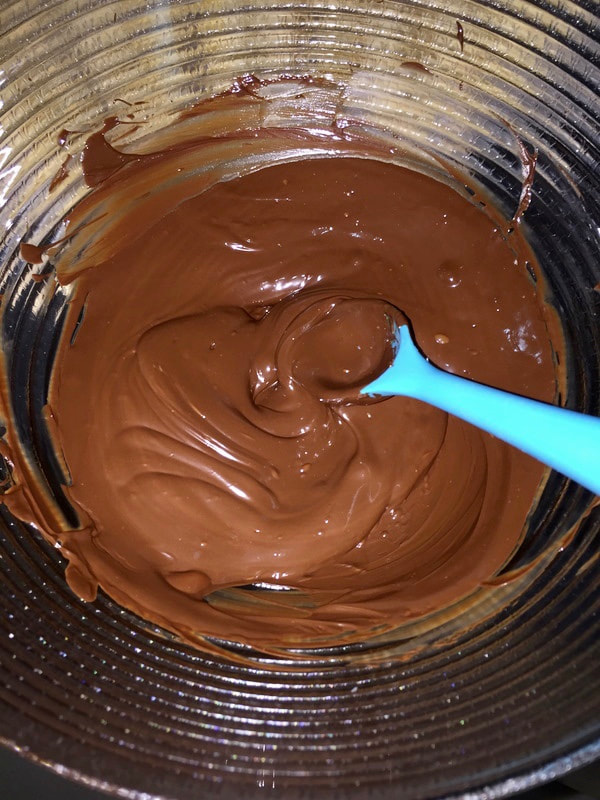

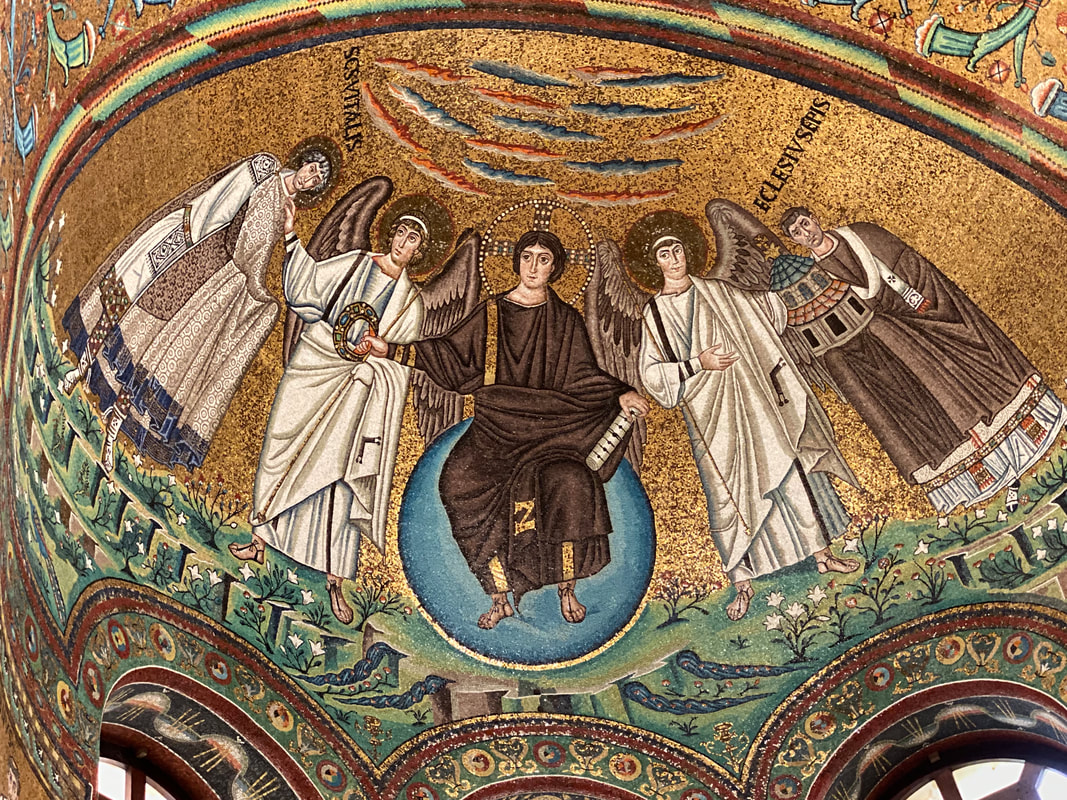



















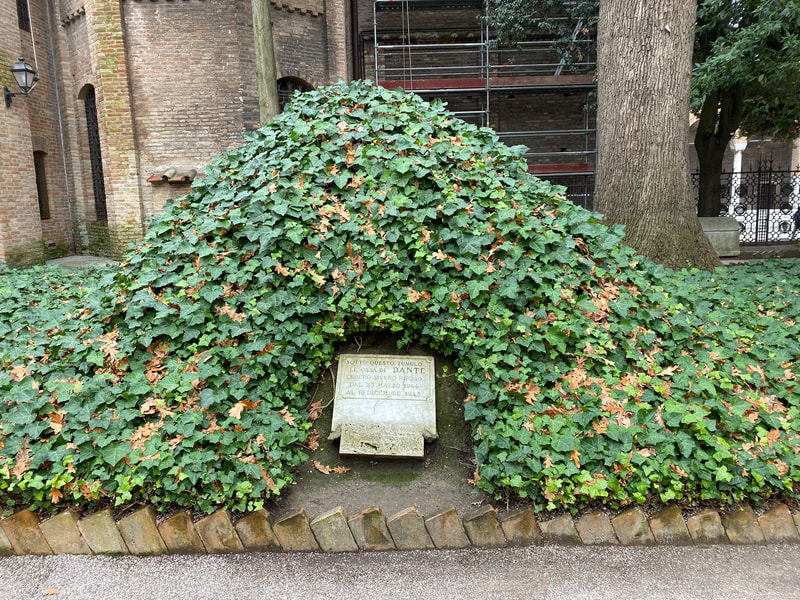










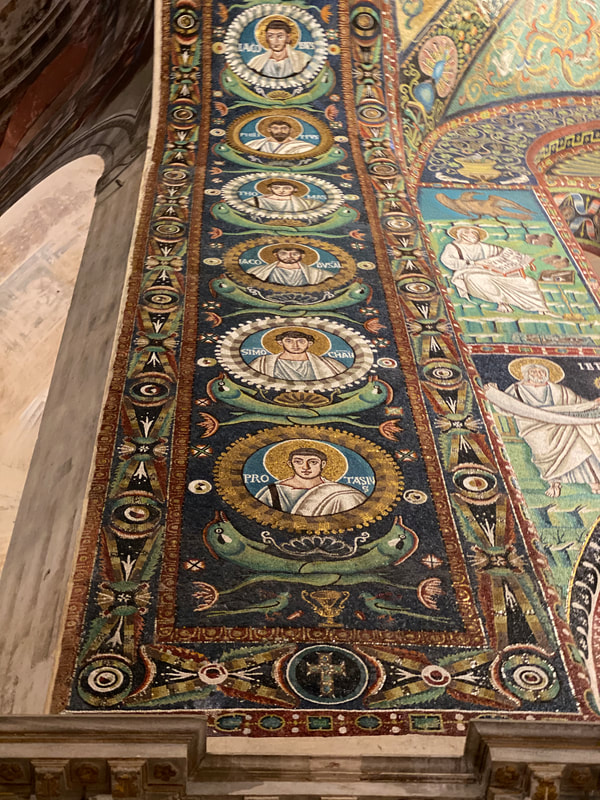

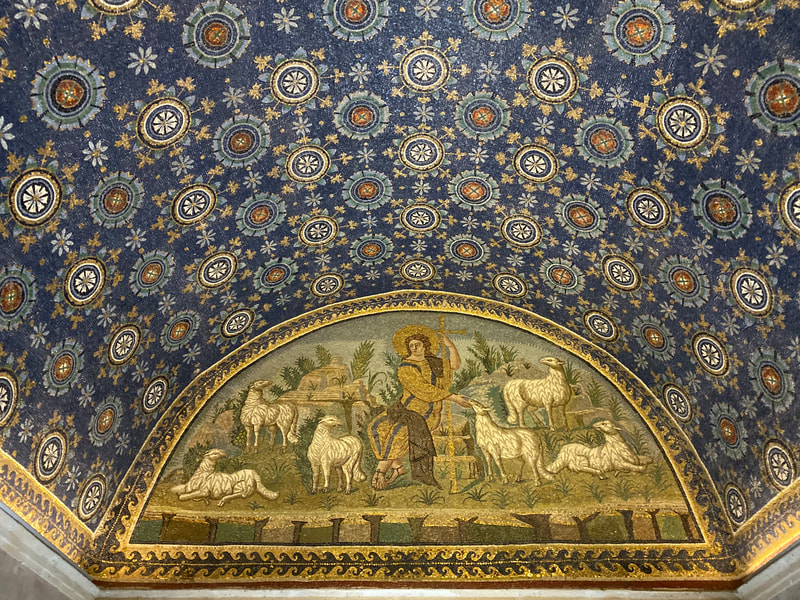













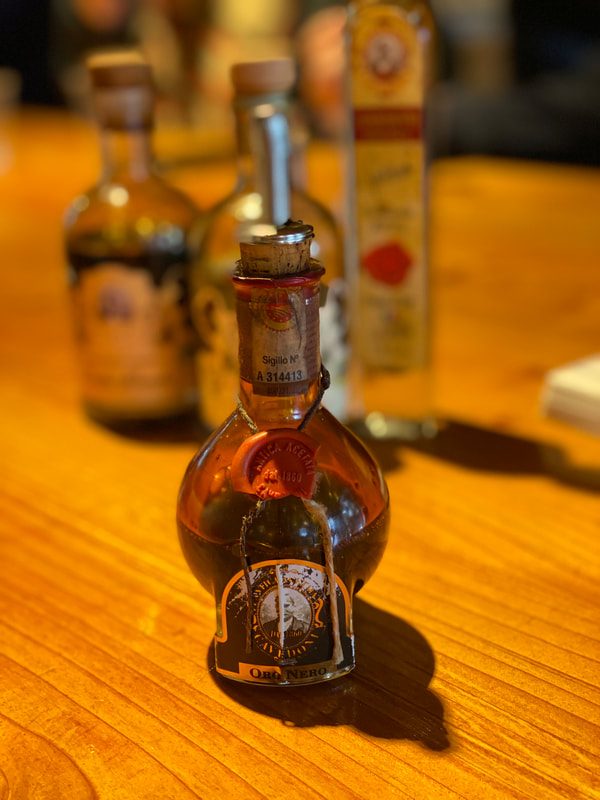

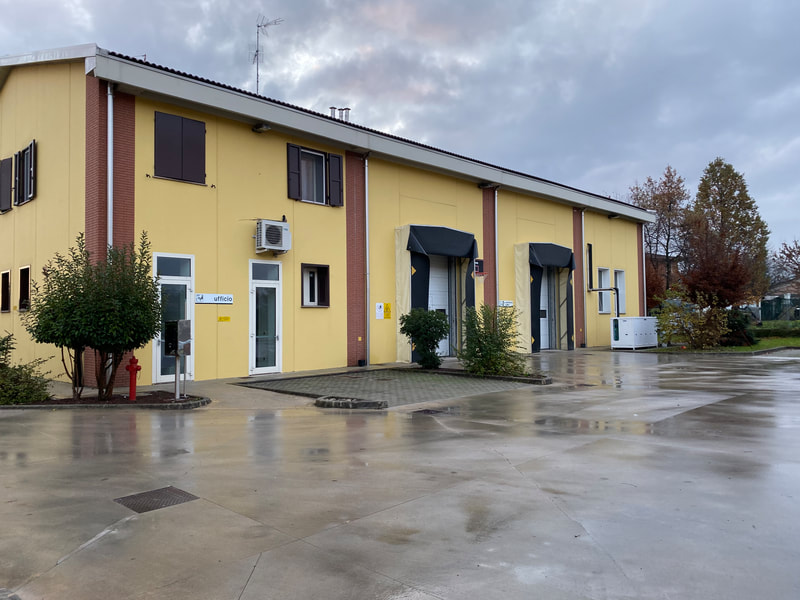



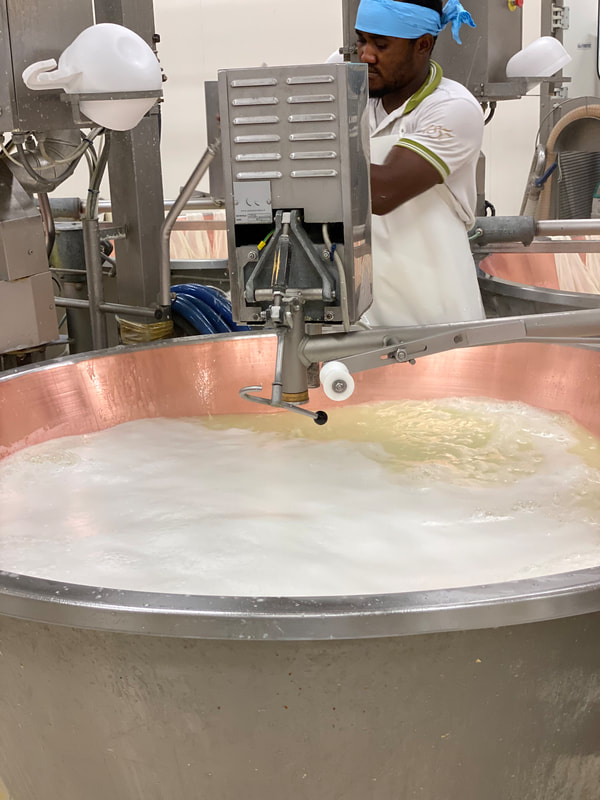


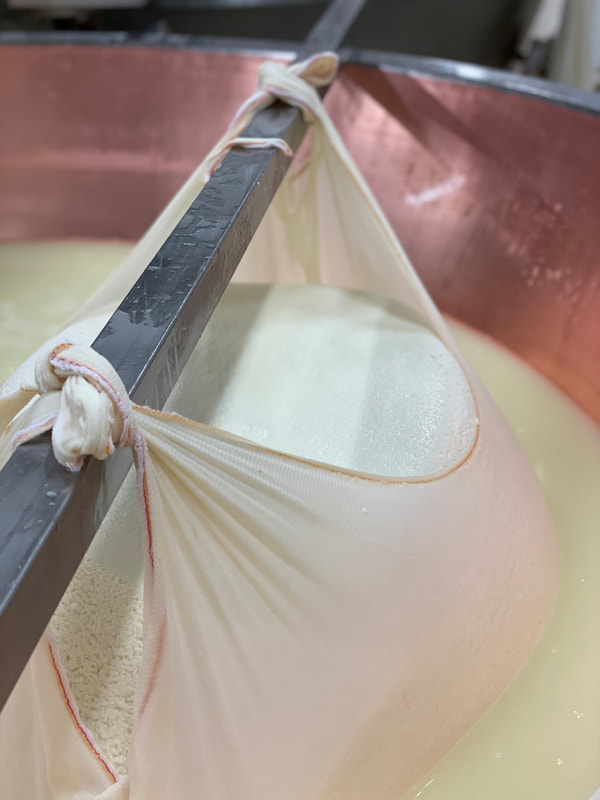



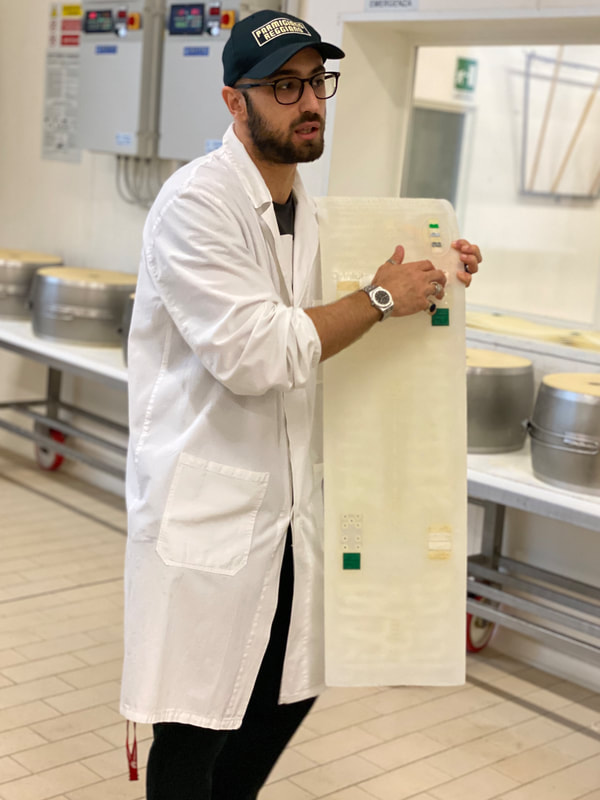









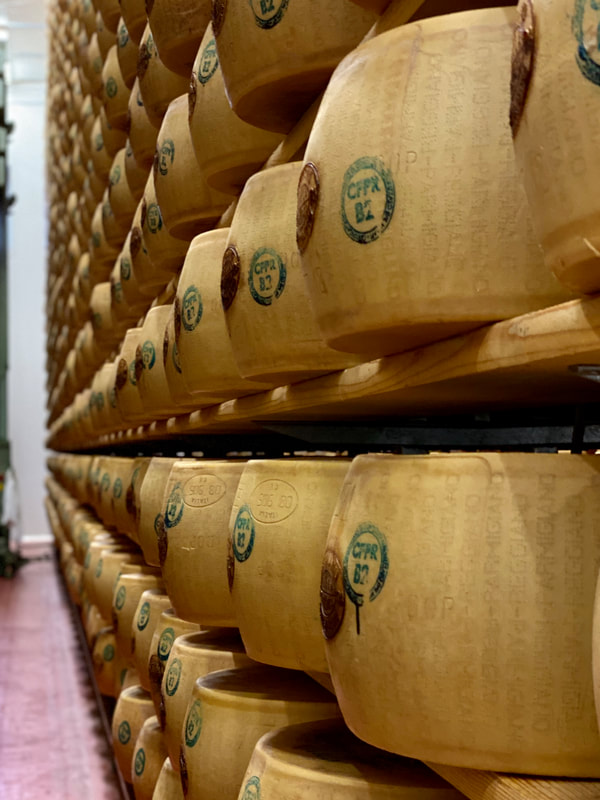

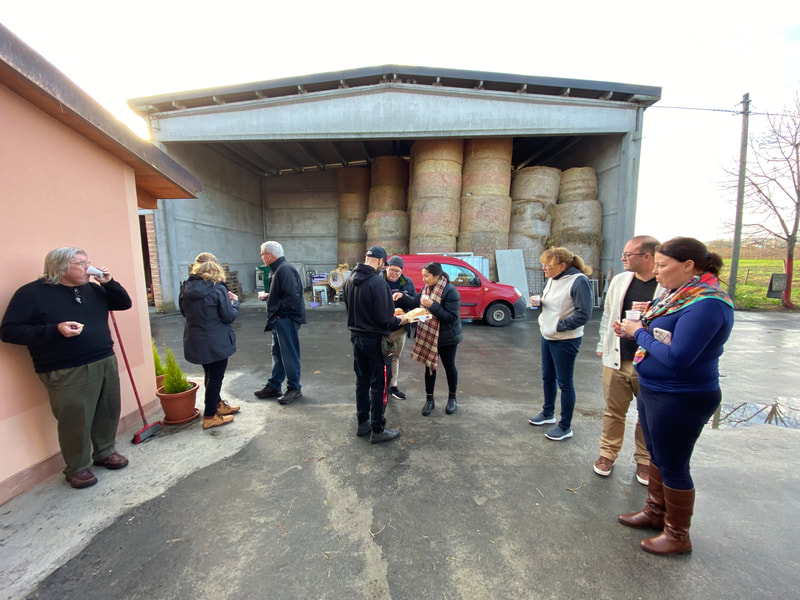

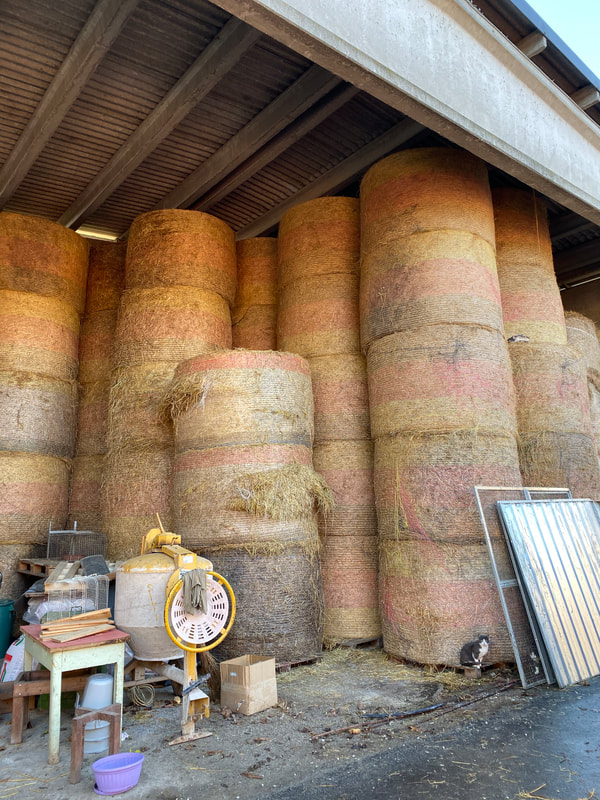
 RSS Feed
RSS Feed

